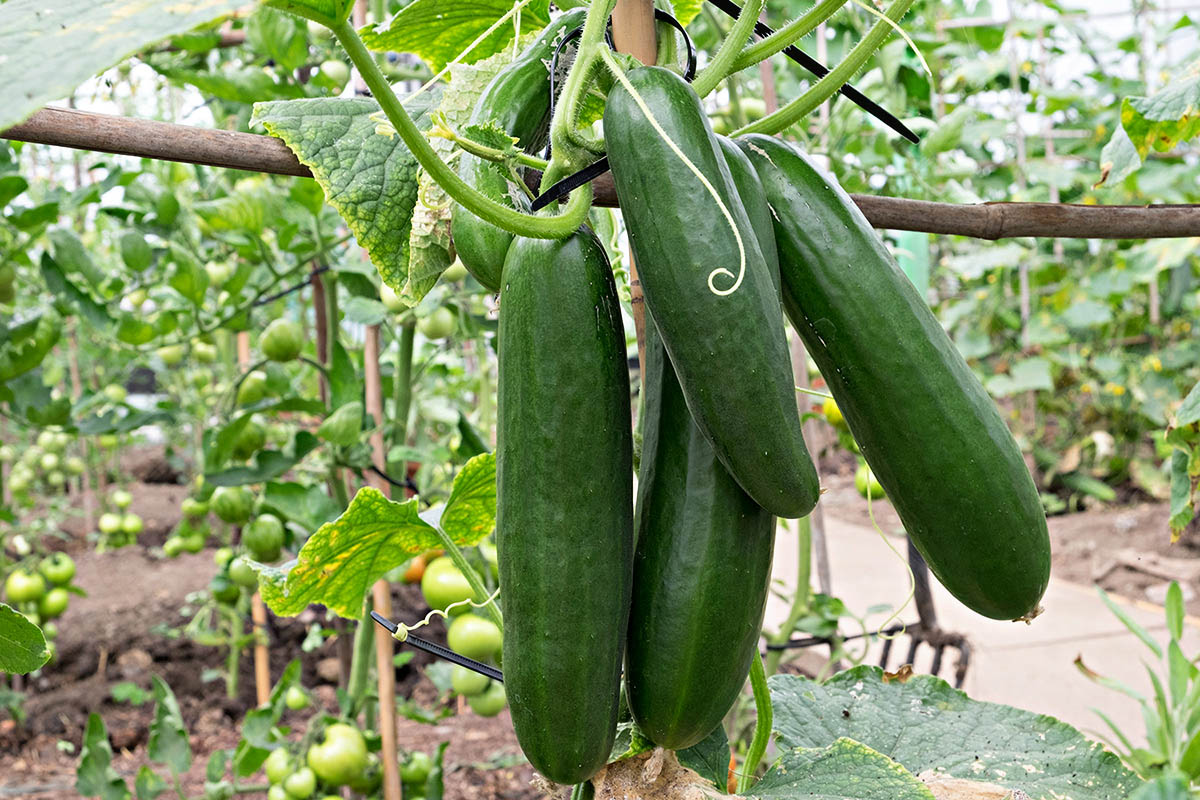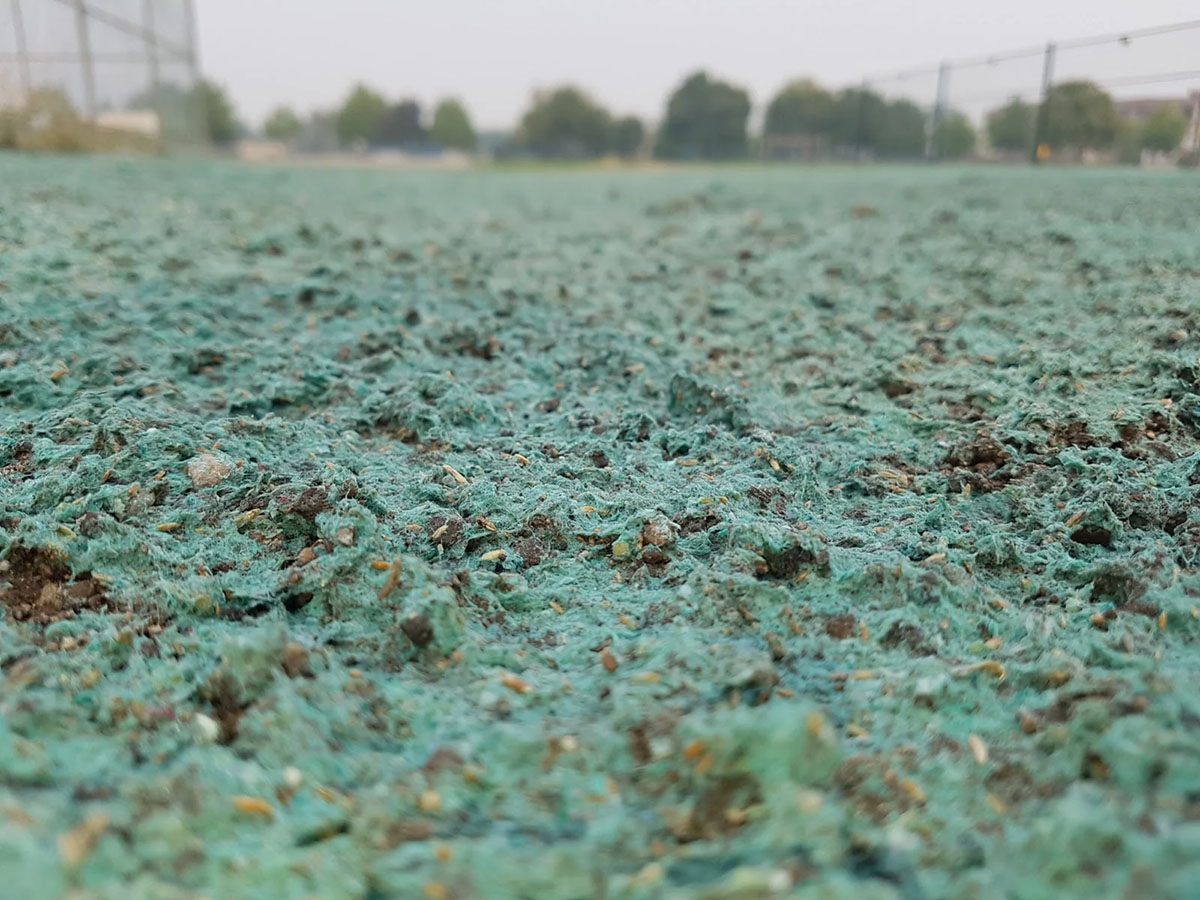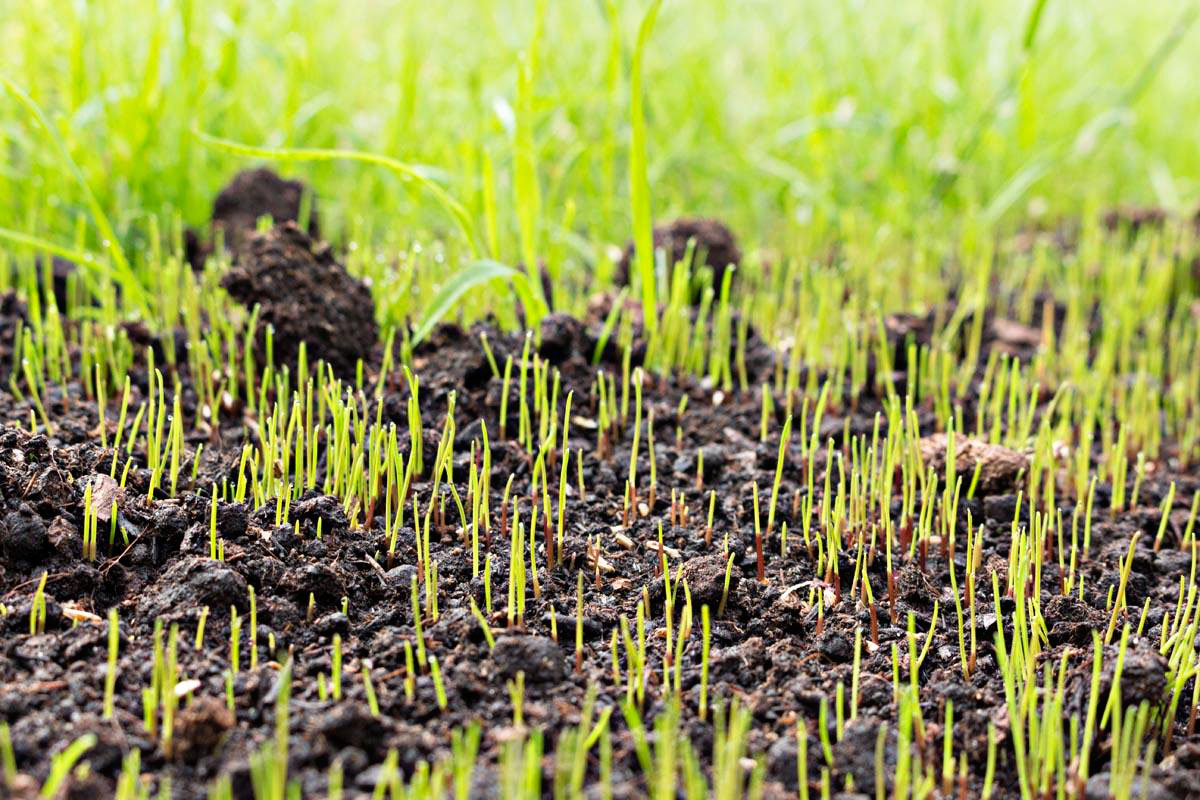Home>Gardening & Outdoor>Plant Care & Gardening Tips>How Long For Wildflower Seeds To Germinate


Plant Care & Gardening Tips
How Long For Wildflower Seeds To Germinate
Modified: March 24, 2024
Learn how long it takes for wildflower seeds to germinate and get valuable plant care and gardening tips for successful seed propagation. Discover the best practices for growing wildflowers in your garden.
(Many of the links in this article redirect to a specific reviewed product. Your purchase of these products through affiliate links helps to generate commission for Storables.com, at no extra cost. Learn more)
**
Introduction
**
So, you've decided to add a splash of natural beauty to your garden by sowing wildflower seeds. It's an exciting and rewarding endeavor, but one that requires patience and a bit of know-how. Understanding the germination process of wildflower seeds is essential for successful cultivation. In this article, we'll delve into the factors that influence wildflower seed germination, explore the ideal conditions for encouraging germination, discuss the average germination times for common wildflower seeds, and provide valuable tips to help you achieve successful wildflower seed germination. By the end of this journey, you'll be equipped with the knowledge and confidence to nurture a vibrant wildflower garden that will dazzle both you and your visitors. Let's embark on this floral adventure together!
Key Takeaways:
- Wildflower seeds need the right balance of moisture, temperature, and light to germinate successfully. Understanding their specific requirements is key to nurturing a vibrant garden.
- Patience and attentiveness are essential when waiting for wildflower seeds to germinate. Embrace the diversity of species and celebrate the unique beauty they bring to your garden.
Read more: How Long Do Wildflowers Take To Germinate
Factors Affecting Wildflower Seed Germination
Wildflower seed germination is a complex process influenced by various factors. Understanding these factors is crucial for creating an environment conducive to successful germination. Here are the key elements that impact the germination of wildflower seeds:
- Seed Quality: The viability and quality of wildflower seeds play a significant role in germination. Fresh, high-quality seeds are more likely to germinate successfully compared to old or damaged seeds.
- Temperature: Wildflower seeds exhibit diverse temperature requirements for germination. Some species thrive in cooler temperatures, while others require warmth to initiate germination. Understanding the temperature preferences of the specific wildflower seeds you are planting is essential for providing the optimal conditions.
- Moisture: Adequate moisture is essential for initiating the germination process. However, excessive moisture can lead to seed rot and hinder germination. Striking the right balance is critical for success.
- Light: The light requirements for wildflower seed germination vary among species. While some seeds require exposure to light to germinate, others prefer darkness. Understanding the light preferences of the seeds is vital for creating suitable germination conditions.
- Soil Type: The composition and texture of the soil can impact seed germination. Well-draining, nutrient-rich soil is generally favorable for wildflower seed germination. Compacted or waterlogged soil can impede the process.
- Scarification: Some wildflower seeds have hard seed coats that inhibit germination. Scarification, which involves breaking or weakening the seed coat, can enhance germination rates for such seeds.
- Stratification: Certain wildflower seeds benefit from a period of cold, moist stratification to break dormancy and stimulate germination. Mimicking natural winter conditions can promote successful germination for these seeds.
By taking these factors into account and tailoring your approach based on the specific requirements of the wildflower seeds you are planting, you can significantly increase the likelihood of successful germination.
Ideal Conditions for Wildflower Seed Germination
Creating optimal conditions for wildflower seed germination is essential for nurturing healthy and vibrant plants. By understanding and providing the ideal environment, you can greatly enhance the germination success rate. Here are the key components of the ideal conditions for wildflower seed germination:
- Moisture: Adequate moisture is crucial for initiating the germination process. The soil should be consistently moist but not waterlogged. For smaller seeds, a fine mist setting on a watering can or spray bottle can help prevent displacement.
- Temperature: Different wildflower species have varying temperature requirements for germination. Generally, maintaining a temperature range of 60-70°F (15-21°C) provides favorable conditions for a wide variety of wildflower seeds.
- Light: Some wildflower seeds require exposure to light to germinate, while others prefer darkness. It’s important to research the light preferences of the specific wildflower seeds you are planting and provide the appropriate conditions.
- Soil: Well-draining, nutrient-rich soil is ideal for wildflower seed germination. A loose, friable texture allows for easy root penetration and reduces the risk of waterlogging, which can impede germination.
- Scarification and Stratification: For seeds with hard coats or those that benefit from stratification, implementing these treatments before sowing can enhance germination rates. Scarification can be achieved by gently nicking the seed coat, while stratification involves mimicking natural winter conditions to break seed dormancy.
- Protection: Providing protection from potential threats, such as foraging animals or heavy rainfall, can improve germination success. Mulching with a thin layer of straw or using protective coverings can safeguard the seeds during the germination process.
By meticulously addressing these ideal conditions and tailoring your approach to meet the specific needs of the wildflower seeds you are cultivating, you can create an environment that maximizes the likelihood of successful germination.
Wildflower seeds can take anywhere from 1-3 weeks to germinate, depending on the species. Keep the soil consistently moist and provide plenty of sunlight for best results.
Average Germination Times for Common Wildflower Seeds
Understanding the typical germination timelines for common wildflower seeds is valuable for planning and managing expectations during the cultivation process. While germination times can vary based on factors such as species, environmental conditions, and seed quality, having a general idea of the expected timelines can guide your gardening endeavors. Here are the average germination times for some common wildflower seeds:
- Black-Eyed Susan (Rudbeckia hirta): Black-Eyed Susan seeds typically germinate within 7 to 30 days under optimal conditions. Providing consistent moisture and warmth can expedite the germination process for these cheerful blooms.
- California Poppy (Eschscholzia californica): California Poppy seeds often germinate within 10 to 15 days. These vibrant orange flowers are known for their resilience and can thrive in various soil types.
- Cornflower (Centaurea cyanus): Cornflower seeds usually germinate within 14 to 21 days. These charming blue blooms add a touch of elegance to wildflower gardens and are relatively easy to cultivate.
- Lupine (Lupinus perennis): Lupine seeds may take 14 to 60 days to germinate. These striking, spiky flowers are worth the wait and can enhance the visual appeal of meadow-style plantings.
- Wild Bergamot (Monarda fistulosa): Wild Bergamot seeds typically germinate within 14 to 21 days. This aromatic and pollinator-friendly wildflower is a delightful addition to garden landscapes.
- Purple Coneflower (Echinacea purpurea): Purple Coneflower seeds generally germinate within 10 to 20 days. These iconic wildflowers are not only visually captivating but also attract a myriad of beneficial insects.
It’s important to note that these germination times are approximate and can be influenced by factors such as temperature, moisture levels, and seed quality. Additionally, some wildflower species may exhibit variability in germination times, so patience and attentive care are key virtues when awaiting the emergence of these floral wonders.
Tips for Successful Wildflower Seed Germination
Embarking on the journey of wildflower seed germination can be a fulfilling and enchanting experience. To maximize the likelihood of successful germination and cultivate thriving wildflower displays, consider the following tips:
- Research Seed-Specific Requirements: Different wildflower species have unique germination requirements. Conduct thorough research to understand the specific needs of the seeds you are planting, including temperature preferences, light requirements, and any pre-treatment recommendations.
- Prepare the Planting Site: Clear the planting area of debris, weeds, and competing vegetation to provide the seeds with ample space and resources to germinate. Loosen the soil to promote root penetration and ensure optimal growing conditions.
- Sow at the Right Depth: Follow the recommended planting depth for the wildflower seeds you are cultivating. While some seeds benefit from surface sowing, others may require slightly deeper placement. Proper sowing depth is crucial for successful germination.
- Monitor Moisture Levels: Maintain consistent moisture levels in the soil to support germination. Regularly check the moisture content and adjust watering practices as needed, ensuring that the seeds remain adequately hydrated without being waterlogged.
- Protect from Pests and Adverse Weather: Shield the planted seeds from potential threats such as foraging animals and heavy rainfall. Consider using protective coverings or natural deterrents to safeguard the germinating seeds from disturbances.
- Provide Adequate Light: Accommodate the light preferences of the wildflower seeds by ensuring they receive the appropriate level of light exposure. Whether the seeds require darkness or light for germination, tailor the planting site to meet their specific needs.
- Maintain Optimal Temperature: Create a favorable environment by regulating the temperature to align with the germination requirements of the planted wildflower seeds. Protect the seeds from extreme temperature fluctuations to support healthy germination.
- Be Patient and Observant: Wildflower seed germination may not always adhere to strict timelines. Exercise patience and attentiveness, monitoring the planting site for signs of emerging seedlings and adjusting care practices accordingly.
- Embrace Diversity: Consider sowing a diverse array of wildflower species to create a rich tapestry of colors, shapes, and textures in your garden. Embracing diversity can yield a captivating and ecologically beneficial wildflower landscape.
By incorporating these tips into your wildflower seed germination endeavors, you can nurture a flourishing and diverse wildflower haven that celebrates the beauty and resilience of these enchanting plants.
Read more: How Long For Lobelia To Germinate
Conclusion
Embarking on the journey of wildflower seed germination is a captivating endeavor that allows you to witness the marvel of nature unfolding in your own garden. By understanding the factors influencing germination, creating ideal growing conditions, familiarizing yourself with average germination times, and implementing valuable tips, you can cultivate a vibrant wildflower haven that teems with life and color.
As you sow the seeds of anticipation and nurture the promise of new growth, remember that each wildflower species has its own story to tell and its own pace of unfolding. Embrace the patience and wonder that come with tending to these seeds, and rejoice in the unique beauty they bring to your outdoor sanctuary.
May your wildflower garden be a testament to the harmony between human hands and the natural world, a living canvas that inspires awe and admiration. Through your dedication and care, you have the power to cultivate a haven for pollinators, a refuge for biodiversity, and a source of joy for all who behold its splendor.
As you witness the first delicate shoots breaking through the soil and the vibrant blossoms adorning the landscape, take a moment to cherish the magic of wildflower seed germination—the wondrous cycle of renewal and growth that enriches our lives and the world around us.
May your wildflower garden thrive and flourish, a testament to the beauty that emerges when we nurture the gifts of nature with love and reverence.
Frequently Asked Questions about How Long For Wildflower Seeds To Germinate
Was this page helpful?
At Storables.com, we guarantee accurate and reliable information. Our content, validated by Expert Board Contributors, is crafted following stringent Editorial Policies. We're committed to providing you with well-researched, expert-backed insights for all your informational needs.















0 thoughts on “How Long For Wildflower Seeds To Germinate”